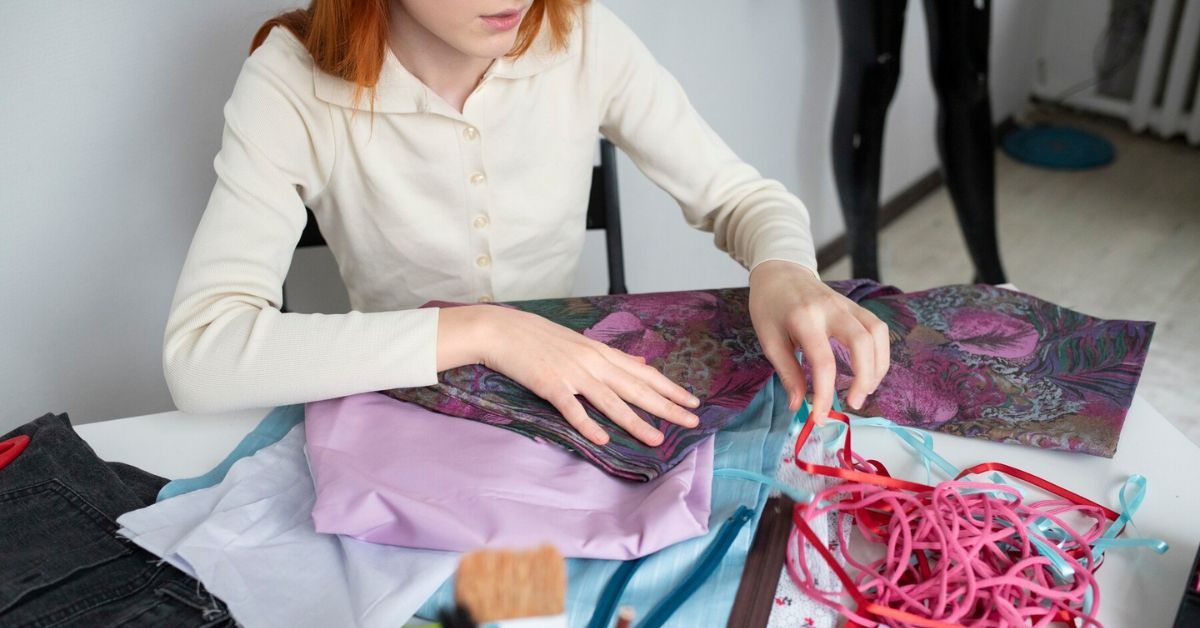The Blend of Tradition and Technology
Embroidery is rooted deeply in human history, a timeless tapestry of creativity, having adorned garments from the tapestries of ancient Persia to the regal robes of European nobility. While the craft’s essence remains unchanged, how it is achieved has evolved dramatically. Today, custom embroidery exemplifies this evolution, merging painstaking handcrafting with the precision of digital technology. Modern computer-aided embroidery uses advanced machines that can faithfully recreate intricate designs in a fraction of the time it might take by hand while also offering consistency and reliability that was once unreachable.
With these technological advancements, designers can now push creative boundaries further than ever before. The direct result is an extraordinary breadth of artistic expression, each offering a canvas for personal stories and brand narratives. According to industry analysis, modern embroidery equipment is pivotal in unlocking new possibilities and propelling the craft into fresh creative territories.
Benefits of Custom Embroidery
Custom embroidery stands as a beacon of personalization amidst an increasingly homogenized world. Whether used to individualize personal attire, create unique merchandising for businesses, or celebrate special events with bespoke gifts, embroidery transforms ideas into tangible, wearable art. The evolving market trends indicate a growing consumer appetite for personalized items, reflecting a broader cultural shift towards individuality and authenticity.
Choosing the Right Style and Design
Selecting an embroidery design is like building a visual narrative. Each color, thread, and stitch tells part of a story, imbuing fabric with layers of meaning and emotion. A thoughtful choice resonates with wearers and viewers, enhancing personal expression or reinforcing brand identity. For those navigating the plethora of design options, understanding fundamental design principles—like effective color contrasts—becomes invaluable. These principles can guide choices that look aesthetically pleasing and effectively communicate the intended mood or message.
The Role of Threads and Fabrics
In embroidery, threads serve as the palette, while fabrics act as the canvas. The chosen type of thread—polyester, cotton, or silk—affects the finished piece’s texture, sheen, and durability. Similarly, fabric choices, from sturdy canvas to delicate chiffon, can dramatically impact the final product’s appearance and usability. These elements form the backbone of an embroidery project, demanding careful consideration to ensure successful outcomes.
Beyond aesthetics, the choice of materials often allows for sustainable practices in embroidery. Many in the industry are now prioritizing eco-friendly options, providing consumers with responsible and beautiful decisions that honor both craftsmanship and the environment.
Tips for a Perfect Embroidered Finish
Achieving a flawless embroidered finish requires both skill and knowledge. Simple adjustments, such as correctly tuning tension settings on the machine and choosing the right stitch types, can transform a piece from amateur to professional. Beginners often face common issues like fabric puckering or threads breaking mid-design. However, these challenges are surmountable with patience, practice, and the application of tried-and-true techniques experienced embroiderers swear by.
Applications in Fashion and Beyond
While fashion remains the most visible application of embroidery, its uses are expanding into various industries. A staple on luxurious runways, embroidery elevates everyday garments into designer masterpieces. But its visual charm isn’t confined to the clothing realm. Embroidery accents now embellish accessories such as handbags and footwear and infuse home décor items like throw pillows and wall hangings with an artisanal touch.
Future Trends: The Digital Age of Embroidery
The embroidery industry is poised for a digital renaissance. The introduction of computerized embroidery machines has significantly transformed designers’ possibilities, enabling them to create intricate designs swiftly and precisely. As this technology advances, it will likely introduce even more innovations, such as 3D embroidery techniques, which add depth and texture in new and exciting ways. The future beckons with promises of continued excellence and creativity, where customized designs can meet any personal or commercial demand with unparalleled precision.
Making the Most of Custom Embroidery
Embracing custom embroidery means more than just sewing a design—it’s an invitation to express individuality and distinction. Whether for personal use or professional enhancement, its applications are endless, resting only on the bounds of creativity. As digital technology integrates further into the traditional craft, the possibilities for innovative expression expand, offering a bridge between past techniques and future advancements. By making informed material choices and thoughtfully considering design elements, anyone can harness the transformative power of embroidery to tell unique stories through threaded art.











